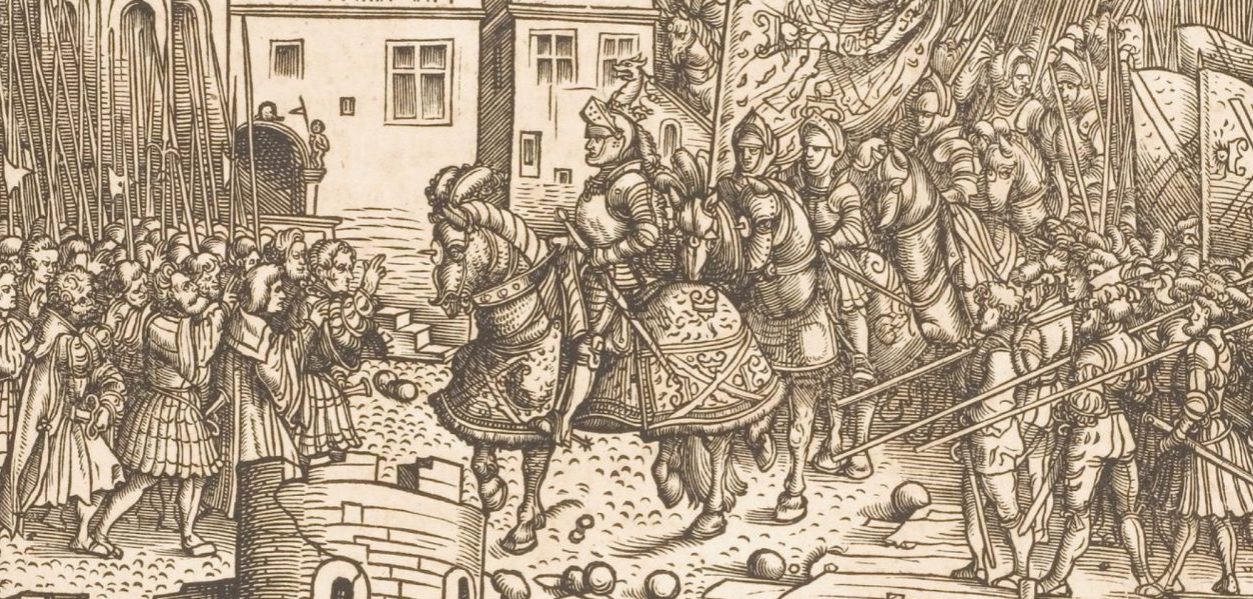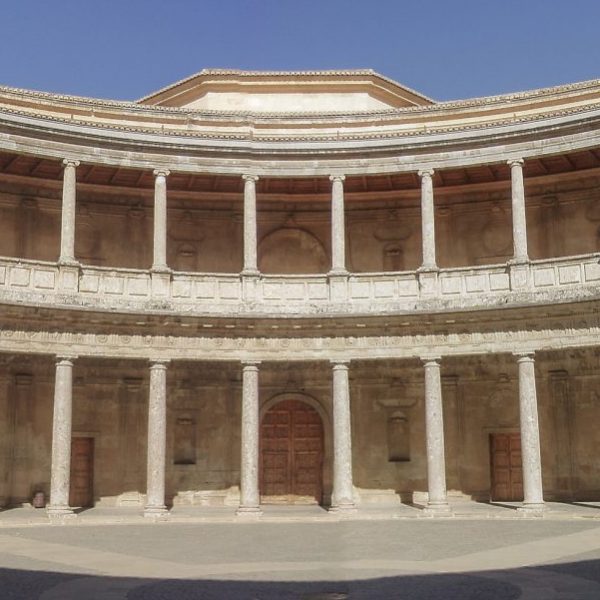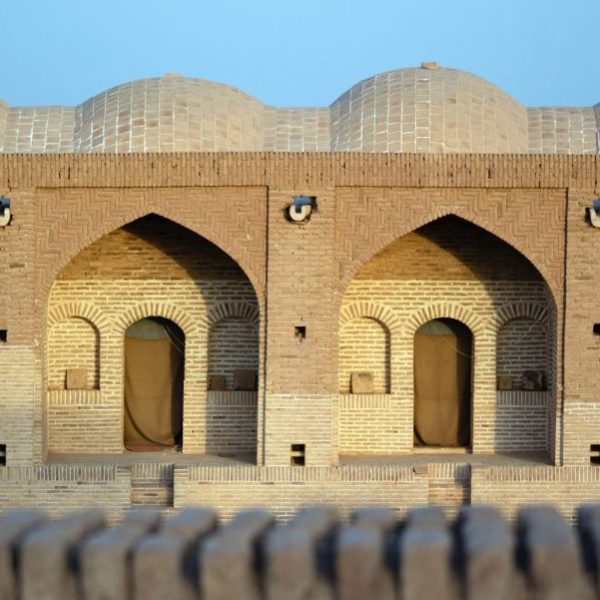The Emperor and His Family
Geoffrey Parker—
In 1855 the French historian Jules Michelet hailed Archduchess Margaret of Austria as ‘The real “strong man” of the family’ whose efforts, above those of all others, ‘made the House of Austria great’. Rather like the eulogy of Henri Pirenne, this is an exaggeration: although the archduchess proved to be both a skilled administrator and a subtle diplomat, her father Maximilian achieved far more, for he not only prevented the French from annexing the Netherlands but also laid the foundation for four centuries of Habsburg domination in central Europe.
Even routine administrative documents revealed the archduchess’s subordinate status: she signed ordinary missives ‘by order of the emperor, Margaret’, while proclamations went out ‘By order of the emperor and of the archduke’. Her father also appointed all major officials, both clerical and secular, throughout the Netherlands. Although in 1510,‘weary of the petitioners who ceaselessly pester him’, he promised to accept future recommendations forwarded by Margaret and her council, ‘Maxi’ (as he signed his letters) continued to bombard his daughter with orders – directly whenever he resided in the Netherlands and at other times by letter, many of them holograph.
Periodically, the two clashed. In 1507, Margaret scribbled a note to one of her father’s advisers begging that the emperor ‘should tell me first what he has decided to do, and not do as he usually does – which is to write one thing to me and then do something else’. Two years later her father’s decision to cede to one of his creditors a part of Franche-Comté, a province that he had given to her, provoked outrage. ‘My Lord, I find myself speechless,’ Margaret protested ‘because it seems to me that I, your only daughter, should be preferred to all others.’ Nevertheless, she continued angrily, ‘if you are determined to take these lands, then take them and do what you want with them – indeed don’t take just them, but take the rest of the Franche-Comté and everything I own, because I do not wish to disobey you in anything.’ Tirades like this sometimes provoked a counterblast. In 1508 the emperor claimed that his daughter’s letters ‘are so full of mysteries that it’s impossible for me to understand them or even to identify the subject’, and he provided her with a model of how to proceed in future (above all, ‘write three lines instead of ten’). Two years later, he sent back those of her ‘letters that we have not burned’ because they seemed so ‘unreasonable that I think you must take me for a Frenchman’ (evidently the worst insult in the emperor’s repertory). He then reminded her: ‘I appointed you to your post as governess of our dominions and our subjects, always saying and proclaiming good things about you’; but, he concluded with a palpable threat, ‘if you continue to write rude letters to me without cause, I think you will soon make me change my mind’.
This was an empty threat, and Maximilian knew it: only his daughter could execute his policies effectively, and so he normally showed her both affection and consideration. Thus after telling her to drop everything she was doing and come to Luxemburg to receive his orders in person, he relented because, as he put it, ‘that would interrupt your daily efforts to make sure the 12,000 troops in the Netherlands receive their pay, which is currently the most important of all our affairs; so we will make the eff ort to come and see you.’ He also learned to accept her political advice. When Margaret discovered that her father intended to allow Ferdinand, Charles’s younger brother, to become Grand Master of Spain’s Military Orders she informed him crisply that it was a disastrous decision, ‘which nothing on earth could justify’, because ‘it would suffice to deprive Prince Charles of the kingdoms of Spain’. Maximilian immediately relented.
Margaret found it harder to disagree with her father in person. He made four visits to the Netherlands after Philip’s death – between November 1508 and March 1509, in spring 1512, in summer 1513 and early in 1517 – and on each occasion, he spent much time with his daughter and his grandchildren. The first surviving letter written by Charles’s older sister, Eleanor, informed Margaret that ‘because you take pleasure in our pleasure, I wanted to tell you that our grandfather has come to visit us, which brought us all great joy’. The children’s ‘great joy’ is easily explained: Maximilian was fun. He dined with them, danced with them, gave them money to play cards, and took them on trips in both boat and carriage to his various residences in and around Brussels and Antwerp. In 1509, just after Charles took the oath as count of Flanders, he and his grandfather made their way through the streets of Ghent ‘shouting “Largesse” as they threw and scattered’ coins among the crowd – something no nine- year- old boy would forget – and when Maximilian stayed in the ducal palace in Brussels he specified that ‘our [grand]son should be in the room next to mine’. He also gave the children thoughtful gift s. Once, after a day’s hunting, he sent his granddaughters ‘part of a deer that I killed today’ so that it ‘can be prepared for their dinner or supper’; and on another occasion he presented Charles with a pair of mounted knights made of brass with wooden lances, mounted on wheels and powered by a system of cords and pulleys so that he and his playmates could learn how to joust (Pl. 4). In 1512 the emperor commissioned for the prince a suit of jousting armour decorated with gold and silver and displaying the insignia of the Golden Fleece. Maximilian also gave his daughter a ‘large parchment book, full of sung masses’ commissioned from a celebrated scrivener ‘as a new year’s gift’ in 1511: the title page showed the emperor looking on benevolently while Margaret, Charles and his sisters sat at his feet – the epitome of a happy family (Pl. 5).
Maximilian knew the value of such things. An only child, he had grown up in obscurity and relative poverty in east- central Europe until 1477 when, aged eighteen, he made a daring ride halfway across Europe to marry Mary of Burgundy. For the next fifteen years, he fought foreign and domestic opponents almost continuously in order to preserve her inheritance intact, and became so captivated by Burgundian culture that (according to his most eminent modern biographer, Hermann Wiesfl ecker) ‘he became a Burgundian himself’. Above all, Maximilian adopted the overarching Burgundian goal of ‘rebuilding a Christian world empire’. This, he believed, required him to neutralize France as a prelude to leading a crusade that would regain Constantinople from the Turks. His dreams of grandeur knew no bounds. He styled himself Pontifex Maximus and aspired to be canonized as a saint after his death (like some of his imperial predecessors, including Charlemagne); he acted as pope as well as emperor, dispensing benefices, appropriating monastic revenues and the yield of crusade indulgences; and he treated popes as if they were his patriarchs, never understanding why (as he complained) ‘throughout my whole life, no pope has ever kept his word to me’ – a complaint that Charles would repeat, almost verbatim, to his own heir nearly thirty years later. Likewise, although Maximilian had to abandon his ‘great plan of war’ conceived in 1496 to conquer and partition France, in 1513 he led the imperial contingent in person at the battle of Guinegate, where he routed ‘the French, the eternal and natural enemies of our House of Burgundy’. He boasted to Charles that the outcome ‘should cast down the pride of the French for at least ten years’ and lead to ‘the reconquest of the lands that rightly belong to our dynasty. Having thus shown you the way, I leave things to you, so you can valiantly defend what you have, as our predecessors have done for over a hundred years.’
No doubt Maximilian imparted similar advice in person whenever he spent time with his grandson. Although their conversations have left no direct documentary trace, much can be gleaned from the quartet of semiautobiographical works that Maximilian composed and presented to Charles. His History of Frederick and Maximilian chronicled the accomplishments of his early years; The adventures and heroic life of Sir Theuerdank related in verse his success in claiming the hand of Mary of Burgundy and in hunting and hawking; Der Weisskunig (meaning in German both The wise king and The white king) rehearsed in prose his education, princely upbringing and military accomplishments; and Freydal documented and illustrated each of the sixty- four tournaments in which he had taken part. The emperor closely supervised the composition of these works by ghostwriters (as we might call them today) with the express intention of producing a personal testament that would teach his heir by example how to govern himself, his subjects and the world.
From Emperor by Geoffrey Parker, published by Yale University Press in 2019. Reproduced with permission.
Geoffrey Parker is Andreas Dorpalen Professor of History and associate of the Mershon Center at Ohio State University, and Profesor Afiliado, División de Historia, Centro de Investigación y Docencia Económicas, Mexico City. Among his many awards is the 2012 Heineken Prize for History
Further Reading:



























